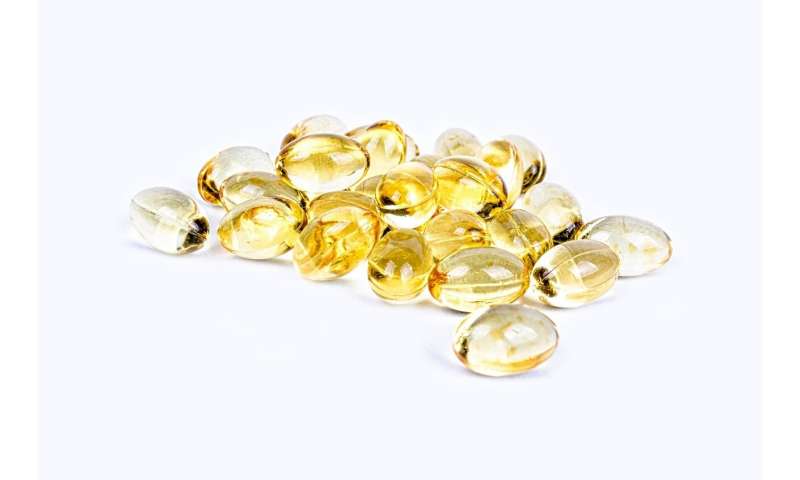Scientists supercharge shellfish to tackle vitamin deficiency in humans


Cambridge scientists have developed a new way to fortify shellfish to tackle human nutrient deficiencies which cause severe health problems across the world. The team is now working with major seafood manufacturers to further test their microencapsulation technology, or “Vitamin Bullets”.
Over two billion people worldwide are nutrient deficient, leading to a wide range of serious health problems. Fortifying food with micronutrients is already an industry standard for enhancing public health but now scientists at Cambridge’s Department of Zoology have teamed up with Cambridge-based company BioBullets to supercharge one of the world’s most healthy and sustainable sources of animal protein: bivalve shellfish such as oysters, clams and mussels.
Dr. David Aldridge and Ph.D. student David Willer have produced the world’s first microcapsule specially designed to deliver nutrients to bivalves which are beneficial to human health. These “Vitamin Bullets”—manufactured under patent by Aldridge’s company, BioBullets—are tailored for optimal size, shape, buoyancy and to appeal to shellfish.
This breakthrough, described in a study published today in the journal ‘Frontiers in Nutrition‘, is particularly valuable because when we eat bivalves, we consume the entire organism including its gut, meaning that we digest the nutrients which the animals consumed towards the end of their lives. This makes bivalve shellfish the ideal target for nutritional fortification.
In their Cambridge laboratory, the scientists trialled Vitamin A and D fortified microcapsules on over 100 oysters to identify the optimal dose. They also established that this should be fed for 8 hours towards the end of “depuration”, the period in which bivalves are held in cleansing tanks after being harvested.
The team found that fortified oysters delivered around 100 times more Vitamin A, and over 150 times more Vitamin D, than natural oysters. Even more importantly, they dramatically outperformed salmon, one of the best natural sources of these vitamins. The fortified oysters provided more than 26 times more Vitamin A and over 4 times more Vitamin D than salmon. The scientists found that a serving of just two of their supercharged shellfish provided enough Vitamin A and D to meet human Recommended Dietary Allowance (RDAs).
Vitamin A and D deficiencies pose a particularly serious public health challenge—in Ghana more than 76% of children are Vitamin A deficient, causing widespread mortality and blindness. In India, 85% of the population is Vitamin D deficient, which causes cardiovascular diseases, osteoporosis, and rickets. Even in the US, over 40% of people are Vitamin D deficient.
David Willer said: “We have demonstrated a cheap and effective way to get micronutrients into a sustainable and delicious source of protein. Targeted use of this technology in regions worst affected by nutrient deficiencies, using carefully selected bivalve species and micronutrients, could help improve the health of millions, while also reducing the harm that meat production is doing to the environment”.
David Aldridge said: “We are very excited about BioBullets’ potential. We are now establishing links with some of the world’s biggest seafood manufacturers to drive a step change in the sustainability and nutritional value of the seafood that we consume.”
Bivalves have a higher protein content than beef, are a rich source of omega-3 fatty acids, and have some of the highest levels of key minerals of all animal foods. Nevertheless, the nutrients that they deliver naturally is unlikely to solve global deficiencies. These shellfish are also highly sustainable to farm, having a far lower environmental footprint than animal meat or fish, and lower even than many plant crops such as wheat, soya, and rice.
Bivalves are a highly affordable food source when produced at large scale and the global market is rapidly expanding. Production in China alone has grown 1000-fold since 1980 and there is great potential to sustainably expand bivalve aquaculture worldwide, with over 1,500,000 km2 available for sustainable low-cost industry development, particularly around the west coast of Africa and India.
Source: Read Full Article